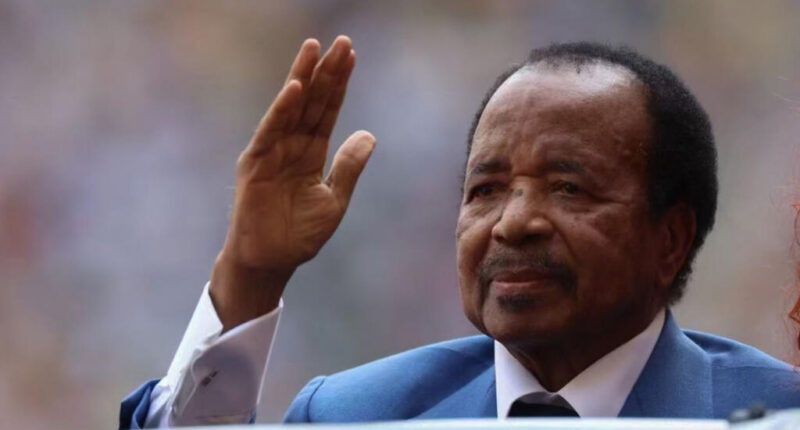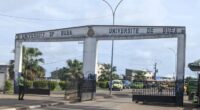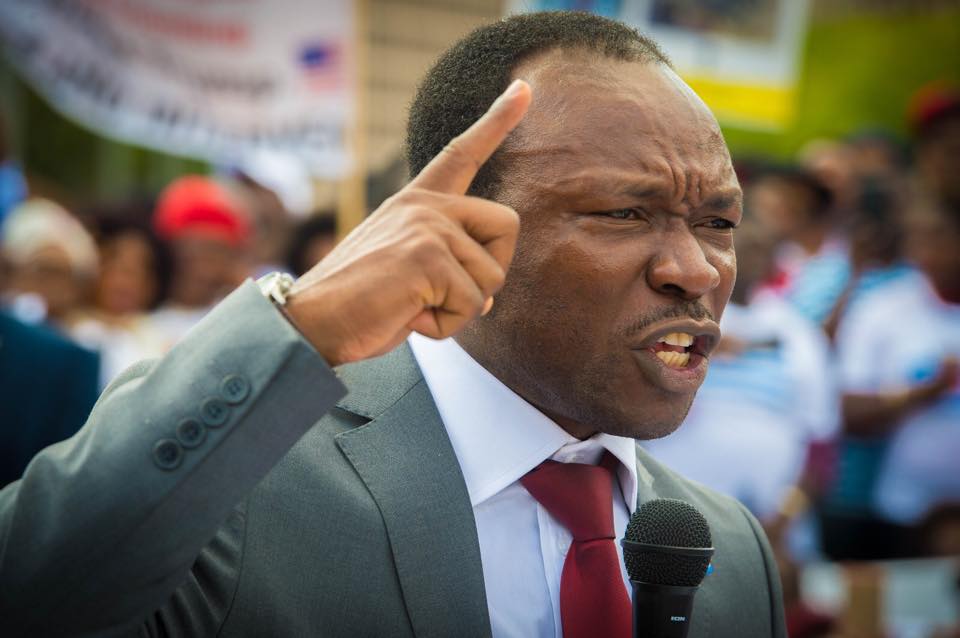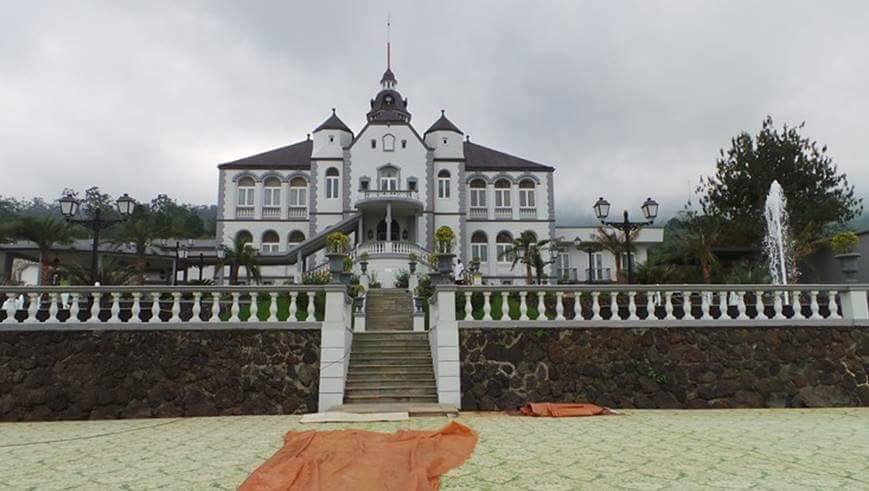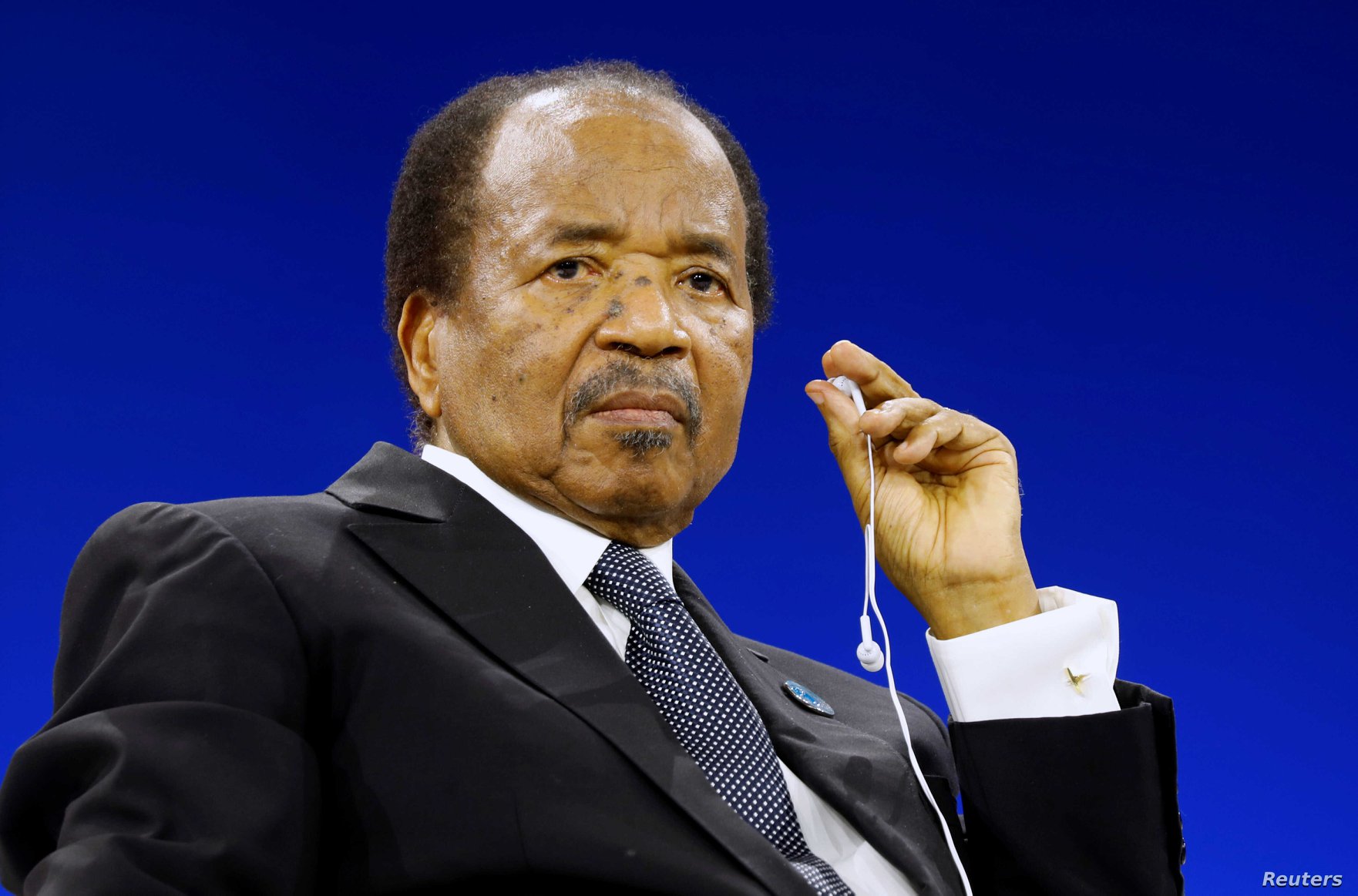A Clear and Simple Analysis of the 2025 Presidential Election Figures
Paul Biya was sworn in on November 6, 2025, after the Constitutional Council declared him the winner of the presidential election with 53.66%. The announcement immediately triggered anger across the country. Protests broke out in many towns, and doubts about the credibility of the results grew stronger. Issa Tchiroma, officially placed second with 35%, openly rejected the figures.
Our analysis studied the numbers published by the Constitutional Council, Elecam, the 2018 election report, and several vote-counting documents that circulated online. These documents reveal a very different story from the official results.
The first major concern lies in the voter registration figures. Elecam announced 7,845,622 registered voters, while the Constitutional Council listed 8,082,692. The difference is 237,070 people. This gap raises serious questions about transparency. Although turnout rose from 53.9% in 2018 to 57.76% in 2025, the discrepancy in the basic data undermines trust in the entire process.
When looking at how each candidate performed across the country, the disparities are striking. In the twenty divisions with the highest number of registered voters, Issa Tchiroma won in 12 of them. He secured 998,435 votes, equal to 33%, while Paul Biya collected 24%. But in the remaining thirty-eight divisions plus the diaspora, Biya dominated with 74% of the valid votes. Where Biya won, his average score exceeded 70%. Where Tchiroma won, his average reached about 56%.
Some of Tchiroma’s strongest results came from Wouri, Mifi, Haut Nkam, Vina, Mayo Louti, Bamboutos, Djerem, and the diaspora. In several of these divisions, he crossed the 70% mark. Meanwhile, almost half of all the votes Biya received nationwide came from the Centre, South, and East regions. Tchiroma obtained only a small share of his support from these same regions.
The most troubling figures appear in divisions where Biya’s numbers look impossible to justify. Divisions such as Ndian, Dja-et-Lobo, Nyong-et-Mfoumou, Ngo-Ketunjia, Manyu, Mezam, Mvila, and Lekié reported Biya results ranging from 91% to 99%. Turnout in these zones averaged 83%. In these divisions alone, Biya collected 655,647 votes, or 93% of valid votes, while Tchiroma had only 4%. Such numbers defy basic statistical logic.
The figures from the Anglophone regions are even more surprising. Biya reportedly received 327,792 votes there, compared to just 19,400 for Tchiroma, with scores above 90% in many divisions. This sudden surge in participation and pro-Biya votes is hard to believe, especially compared to the 2018 election, when turnout in these regions ranged from 1% to 15% due to conflict. The jump appears statistically impossible without significant irregularities.
Further examination of leaked vote-counting sheets reveals more signs of manipulation. In Nyong-et-Kellé, the Constitutional Council added more than 22,000 votes to Biya’s total. In Mfoundi, the number of registered voters and the number of ballots cast were inflated, increasing Biya’s vote count by more than 100,000. In Bénoué, the number of registered voters fell by about 70,000, narrowing Tchiroma’s lead. Across thirty-one divisions, similar patterns of extremely high turnout and inflated percentages in Biya’s favour appear.
These findings suggest a coordinated effort to reshape results through altered documents and inconsistent data. The long delay between voting day and the final proclamation allowed different versions of vote-counting reports to circulate online, revealing contradictions that weaken the official results.
Taken together, the data show two realities: in divisions where Issa Tchiroma won, he won strongly; in divisions where Paul Biya won, his scores reached extreme and statistically unlikely levels. The gaps in voter registration, conflicting documents, and suspicious turnout patterns all point to one conclusion: the October 12, 2025, presidential election requires an independent and thorough investigation to establish the truth.
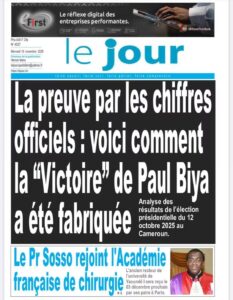
(Culled from Le Jour edition 4527 of Wednesday, November 19, 2025)
